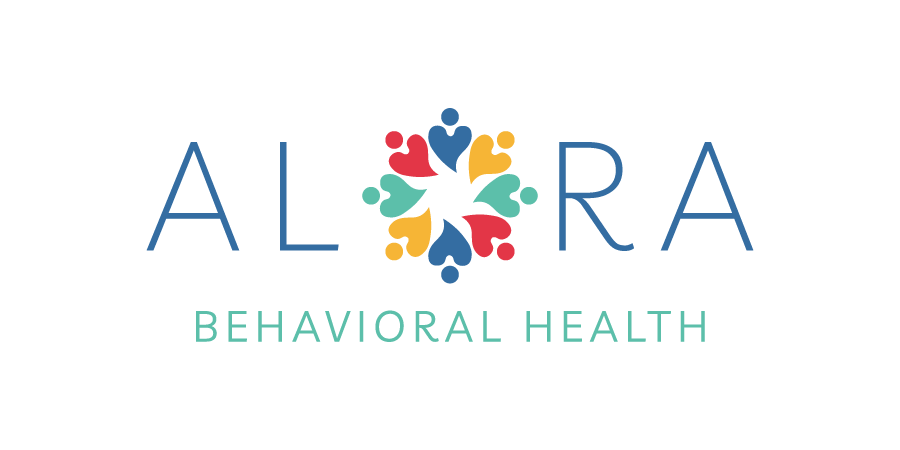When a child begins Applied Behavior Analysis (ABA) therapy, the whole family is involved in some way—including siblings. While parents and caregivers typically receive guidance and support from the therapy team, siblings may have questions or concerns about what ABA is and how it affects their day-to-day lives. Helping siblings understand ABA therapy can foster empathy, reduce confusion, and strengthen family dynamics.
Explaining ABA Therapy in Age-Appropriate Ways
One of the first steps in helping siblings understand ABA therapy is explaining what it is in a way that makes sense for their age and developmental level. For younger children, this might sound like: “ABA therapy helps your brother/sister learn new things like talking, playing, and following directions, just like how you learn things at school.” For older children, parents can go into more detail about how ABA focuses on behavior and uses positive reinforcement to teach skills.
Using simple examples from the sibling’s own experiences can also help. For instance, describing how a sticker chart works to encourage good behavior is a relatable way to explain the concept of reinforcement.
Encouraging Open Dialogue and Questions
It’s normal for siblings to have questions about the therapy process or why their sibling receives extra attention. Creating a safe space for them to ask questions or express their feelings can help them feel included and valued. Questions might include:
- Why does my sibling go to therapy?
- Why does the therapist come to our house?
- Can I join in the sessions?
Answering honestly and positively helps normalize the therapy and clears up misconceptions. If appropriate, therapists can help provide basic information in a sibling-friendly way.
Promoting Inclusion, Not Pressure
While it’s helpful for siblings to understand ABA therapy, they shouldn’t feel pressured to be part of it unless they want to be. That said, some siblings enjoy being involved in simple activities like modeling a skill or participating in a game during a therapy session. These moments can promote bonding and show siblings that their relationship plays an important role in learning.
If a sibling wants to be more involved, therapists can guide them in age-appropriate ways, ensuring their participation is positive and stress-free.
Acknowledging Their Unique Role
Siblings of children in therapy often take on unique roles within the family. They might feel protective, helpful, or even left out. It’s important for caregivers to acknowledge their experiences and validate their feelings. Offering individual attention and recognizing their support helps reinforce their importance in the family dynamic.
Parents can also provide age-appropriate books or resources that explain autism or developmental delays in a relatable way. Some organizations offer sibling support groups or activities to connect with others who share similar experiences.
Fostering Understanding and Empathy
ABA therapy is most effective when it’s integrated into daily life, and siblings are a big part of that environment. By helping them understand what their sibling is working on and why, families can create a more cohesive, supportive home. Empathy and patience often grow when children are given the tools and language to process their sibling’s experience.
In conclusion, helping siblings understand ABA therapy can create a stronger, more connected family. With open communication, age-appropriate explanations, and opportunities for involvement, siblings can become confident, compassionate allies in their brother or sister’s development journey.
